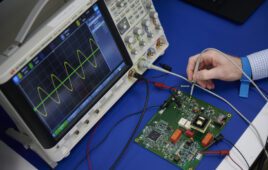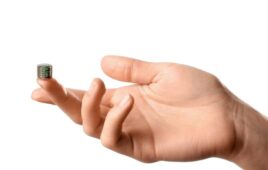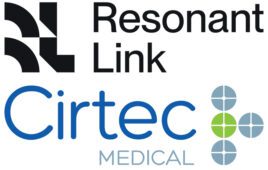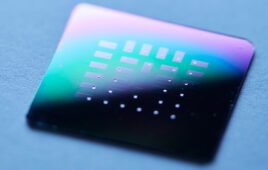Stepper, servo, and DC Brush motors have unique power supply requirements. Here’s an analysis of the three primary power supply architectures and their pros and cons.
Abe Amirana, Teknic

(Image courtesy of Teknic)
If you need a DC power supply for your stepper or servo motor application, you have three types to choose from:
- Unregulated, “bulk linear” supplies.
- Regulated, PWM switching-mode power supplies (SMPS or “PWM switchers”).
- Hybrid, regulated “resonant mode” supplies.
Motion control applications have two requirements that are particularly unique: a peak power demand that is typically very high relative to the average demand; and motors that often act as a generator, rather than as a load, pumping current into the power supply rather than drawing from it. (We’ll call this generator effect “regen,” short for regenerated energy.)
Bulk linear supplies basically boil down to three components: a transformer, rectifier and large filter capacitor. They are fairly well-suited for motion applications but are big and heavy. Additionally, because they’re unregulated, their output voltage can drop significantly during high peak power demand.
Regulated switching power supplies are the most widely available of the three types and can have a low cost per watt of average power. But you need to put in extra work and money to ensure they can handle the high peak power demand and regen associated with motion applications.
Hybrid, “resonant-mode” supplies — or resonant discontinuous forward-converter (RDFC) supplies — are newcomers to the motion control world but are better suited for the unique demands of motion control applications.
Considerations for a servo or stepper DC power supply
It’s important to consider the unique demands of a motion control application when selecting a power supply. During accelerations, motor drives can quickly draw large amounts of power. Motors can also act as generators, pushing current back into the power supply during deceleration, which means the power supply needs to handle the resulting increase in voltage. Highly dynamic motion applications — with large inertial loads, fast accelerations/decelerations and high peak velocities — place large and rapid demands for current on the power supply.
Non-motion control factors
There are many other important factors to consider when choosing the best power supply that are not specifically related to motion control. Some of these considerations are especially important to OEM machine designers looking to minimize the cost of their product and provide reliable operation over a wide variety of operating conditions.
This table lists the main factors to consider when selecting a power supply:

(Table courtesy of Teknic)
For all of the technical details, including performance graphs, carefully annotated specifications as well as real pricing comparisons, see the Selecting the Best Power Supply blog.
Abe Amirana has been with Teknic Servo Systems for over 24 years in various roles, including sales & applications engineering, technical marketing and general management.
The opinions expressed in this blog post are the author’s only and do not necessarily reflect those of Medical Design and Outsourcing or its employees.




